Watercolor Landscape Studies in a Sketchbook
I’m testing another watercolor sketchbook with a series of small watercolor landscape studies featuring coastal scenes. I used a ruler to grid 12 squares across a double page of a Hahnemühle Watercolor Sketchpad. (There may or may not have been accompanying crackers, olive tapenade and wine involved in this experiment.)
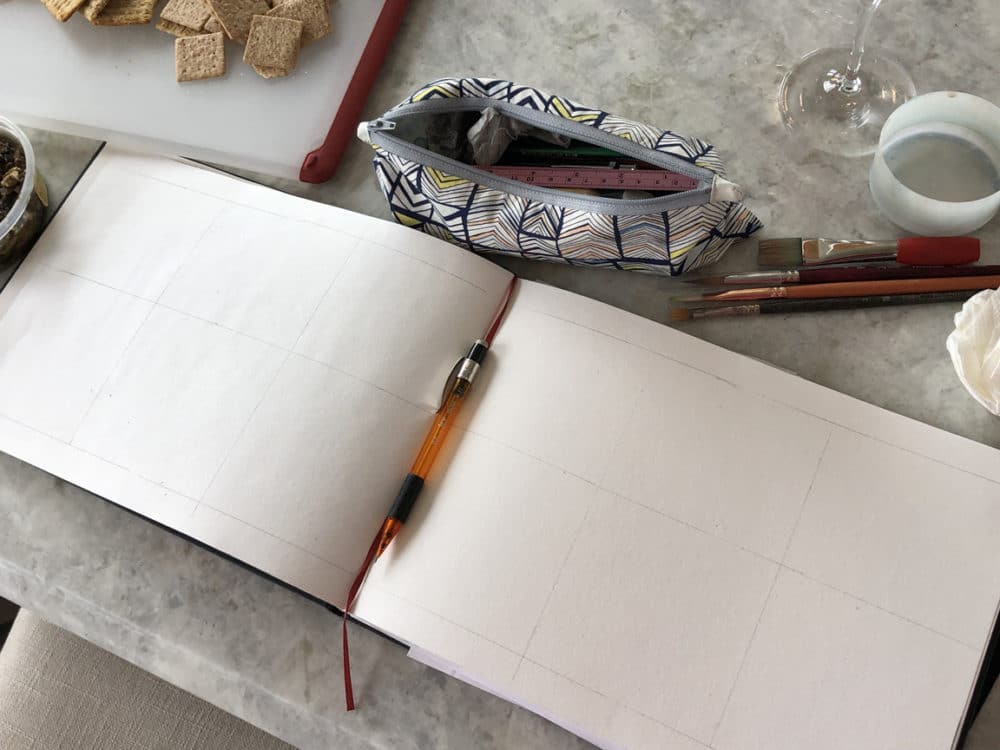
Printing Thumbnail Photos to Sketch and Paint
I store all my photos on my Apple computer, in the cloud, using the Apple Photos Application. You can choose to view of All Photos in that app, and then hold the command button down on your keyboard, and click/select – one by one – a bunch of photos to use as a reference.
When you’ve chosen 12 photos in a theme (similar color palette, subject, location, or pattern, etc.), print them as thumbnails (press command key + P, and then select the layout from the panel on the right). This is one of my favorite exercises for quick sketching, watercolor, monotypes or pastels…
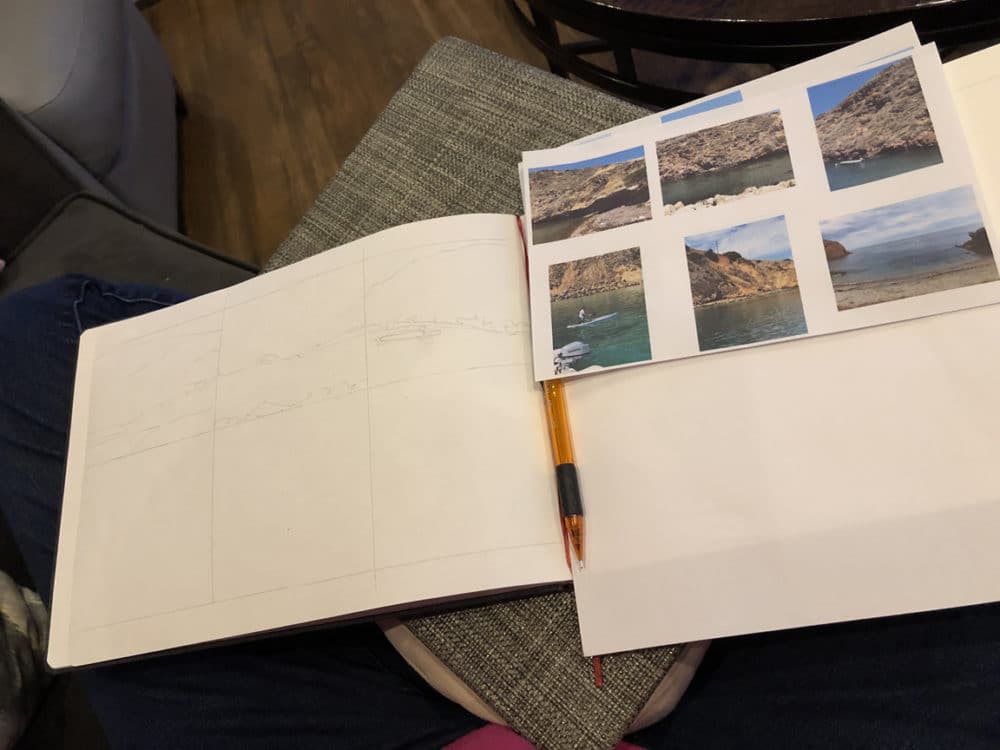
Wooden Block Puzzle Sketching
Set up 12 boxes in your sketchbook with light pencil, and then pull your thumbnail photos close.
With light pencil, lay in general shapes, as though you planned to cut a wooden puzzle from your drawing. (See more about simplified landscape watercolor sketching here.) No details. Eliminate complexity, edit out figures, or foreground, or even shapes that jut into your composition.
Be the Art Boss, and Prune all but the basic, largest shapes.
Sketchbook Practice – Notes for Watercolor Artists
You can see previous sketchbook tests, reviews and posts on this blog over here:
- In this post, I examined using watercolor and water-based media on Moleskin Sketchbook paper – the stuff that’s not meant for watercolor.
- One of the things that might be challenging about using sketchbooks is the small format. What if you want to paint really big? Here are 11 reasons to paint small, at least some of the time, especially if you’re just starting out.
- When the portrait sketching app Sktchy first came out, I dedicated a tiny sketchbook to a pencil-only practice of drawing from the photos other artists posted as free sketch fodder in that app. I highly recommend Sktchy, and a small sketchpad, just for portrait sketching practice.
- Sketchbook practice used to be a challenge for me, until I figured out what sketchbooks are for, how to think about the work done in them, and when to grab one to make something new.
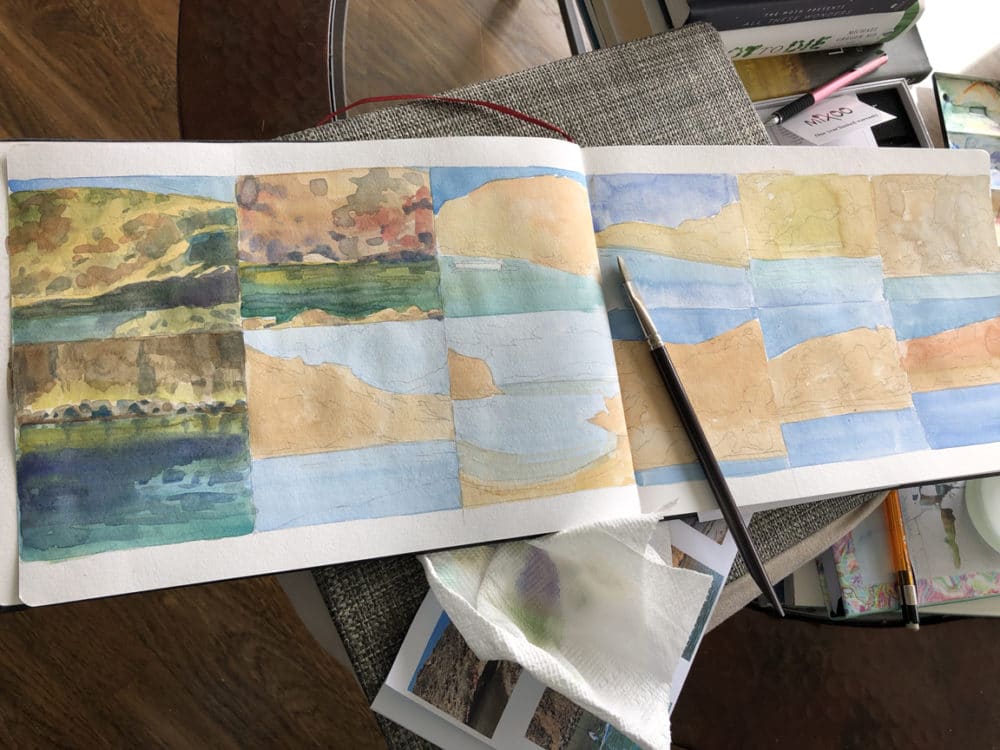
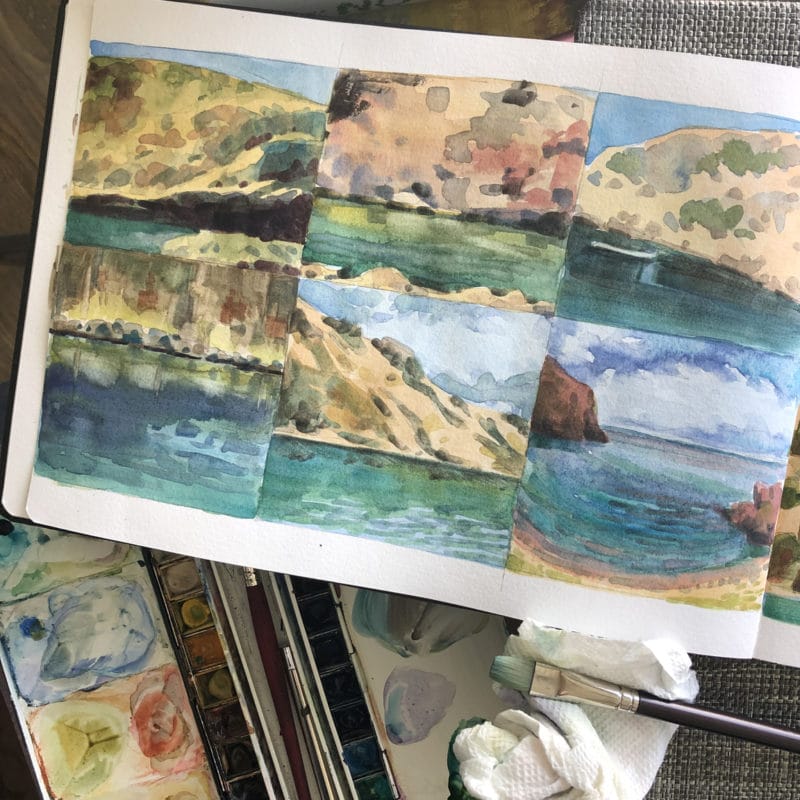
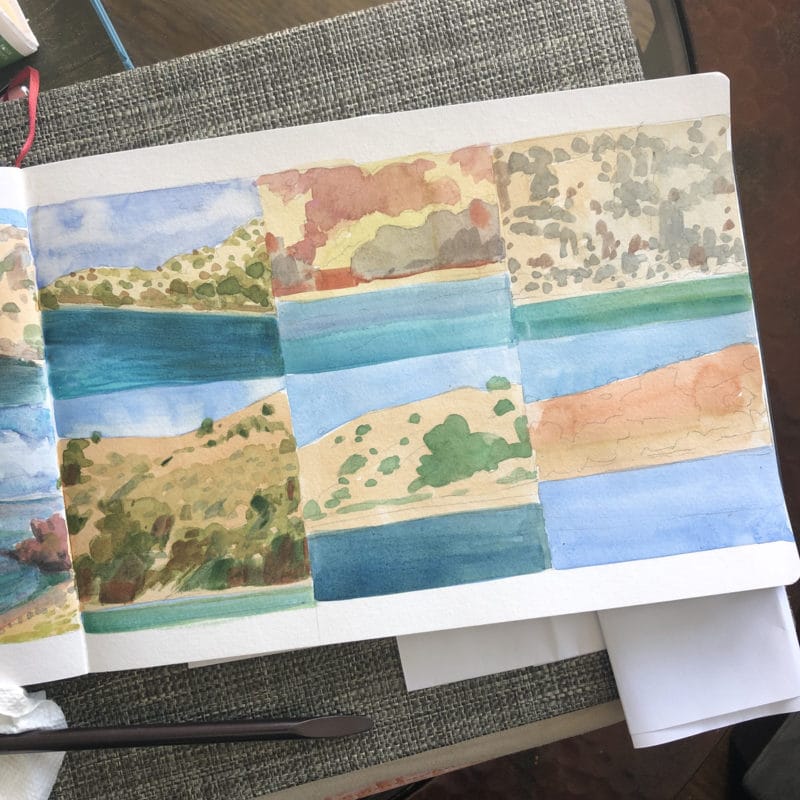
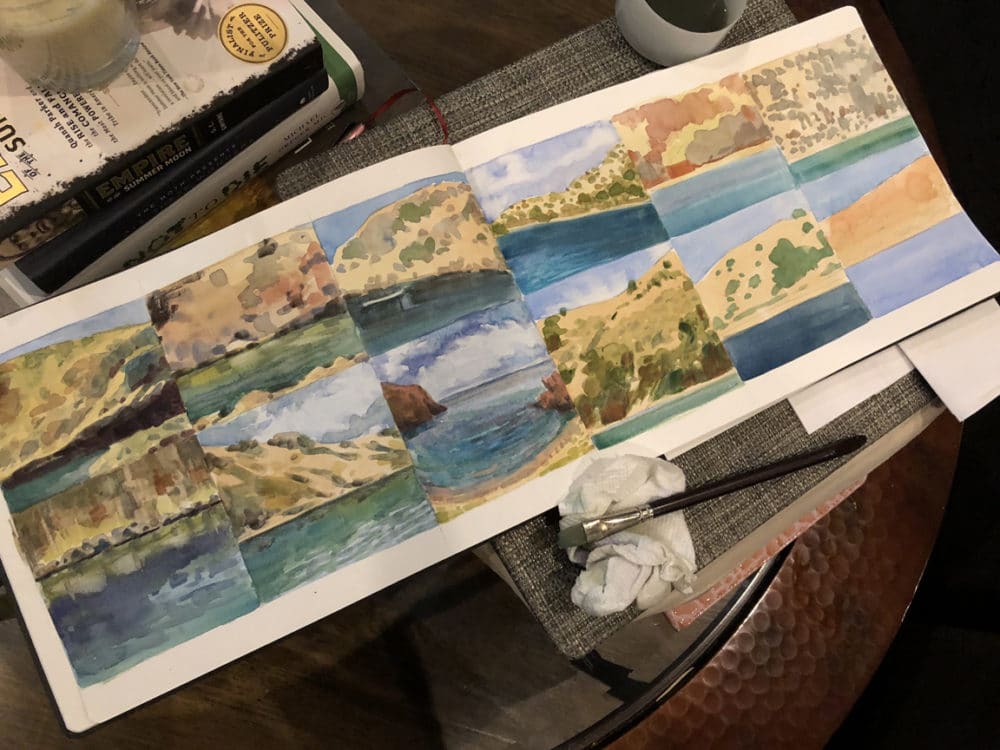
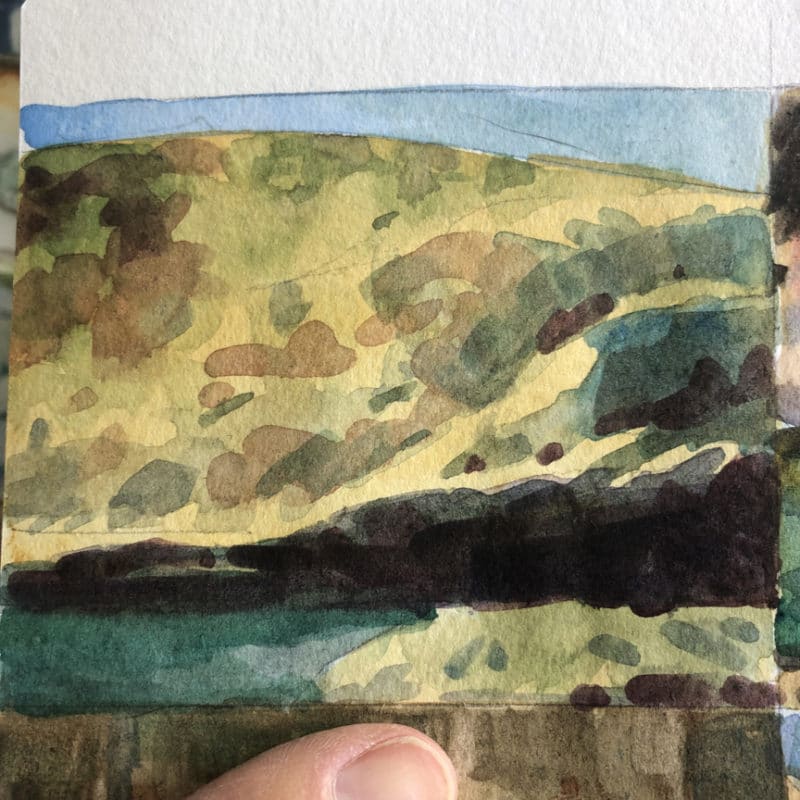
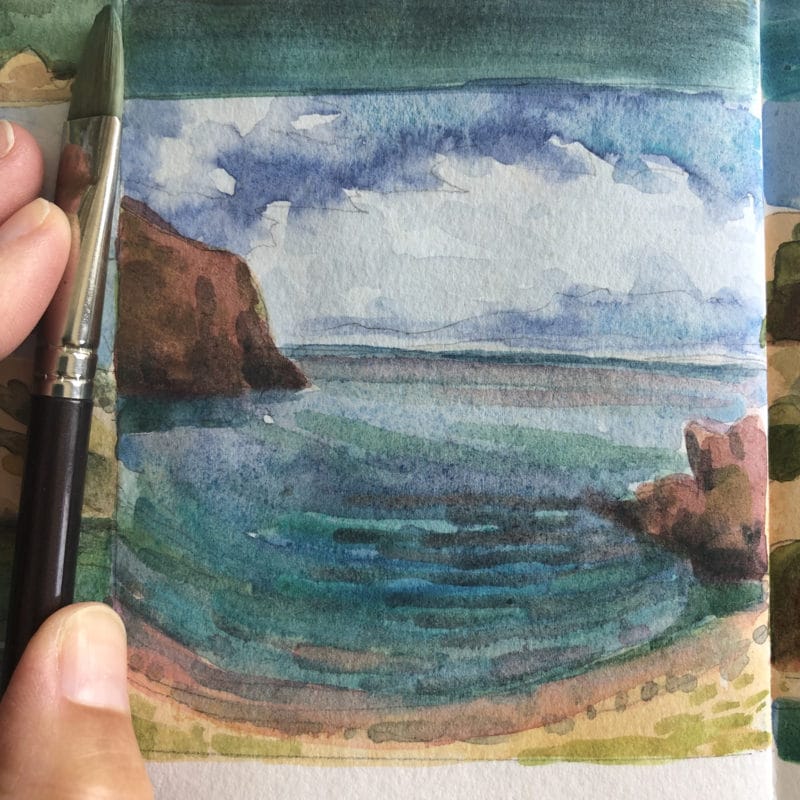
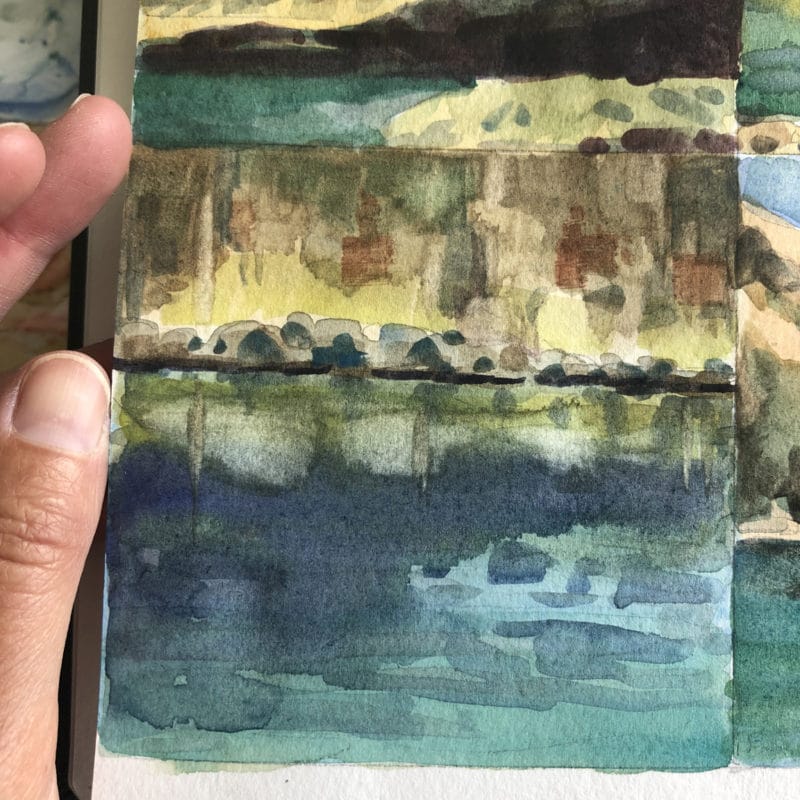
The Sketchbook
I’ve written about this watercolor sketchbook before, and I think this is my third Hahnemühle watercolor book.
The paper is cold pressed, and to my hands, there’s a little less “tooth” to the surface, compared to Etchr and Moleskin Watercolor Sketchpads. You can see it in the photos that show close ups. I like that.
There are 30 sheets in the book, and I paint on both sides without any rippling or bleed-through. You can lift non-staining colors, and scumble and drybrush on the surface without it pilling or marring.
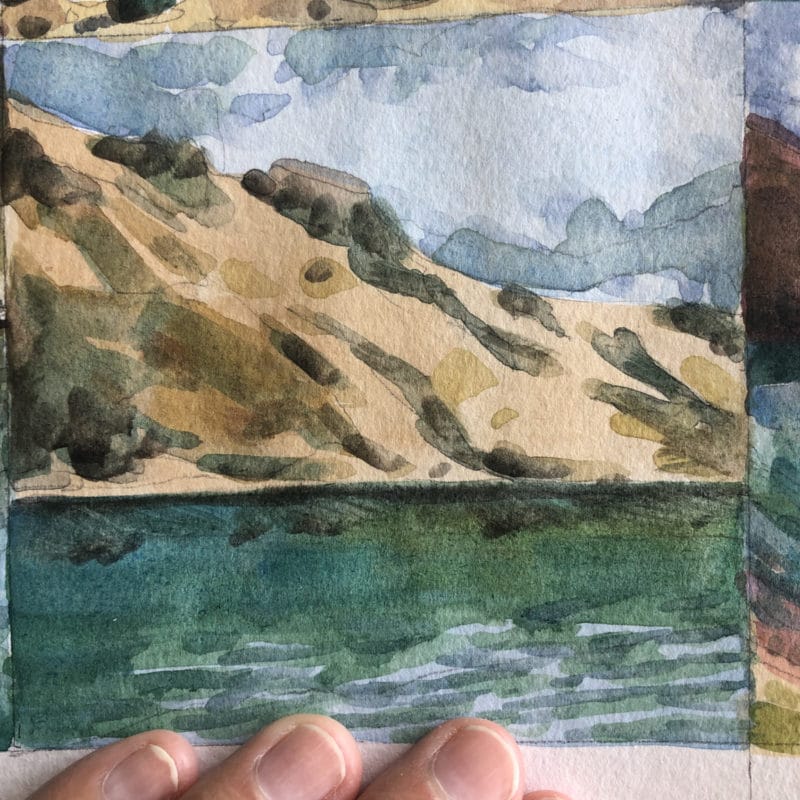
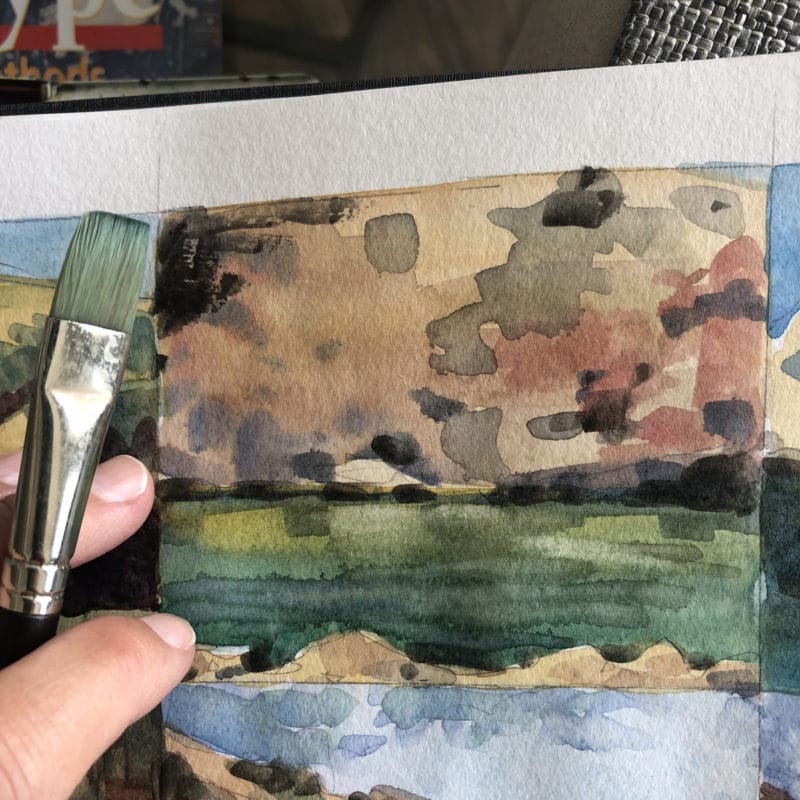
Shareable Items of Interest for You
- Australian photographer Alexander Khimuchin spent 6 months traveling through the rough terrain of Siberia and the surrounding regions to photograph portraits of the people he encountered in remote villages. See some of his amazing photographs here, and note the creativity and design in almost every garment.
- For the past decade or so, I’ve subscribed to Jonathan Jansen’s very thorough blog Essential Vermeer. This week, he shared an interesting visual catalog of Vermeer’s paintings in chronological order, in their current frame, and in scale so you can see which paintings were larger, and which were tiny. You can click on the title of each one to get more details. I was quite surprised at the size of many of my favorite Vermeer paintings.
- Watercolor painter Edo Hannema posted an essay about watercolor paper sizing, and what happens when the sizing goes bad. Watercolor paper is a subject near and dear to my heart, since I couldn’t find the information I wanted on paper options when I first got started as a painter. (I’ve since then made a 3-page watercolor paper primer for you, based on what I’ve learned in two decades.)
- While we’re on the subject of watercolor paper, the good folks over at Winsor and Newton published a handy online glossary of watercolor paper surface terms, with some images. If you’re new to watercolor paper, their post might be a good page to bookmark.
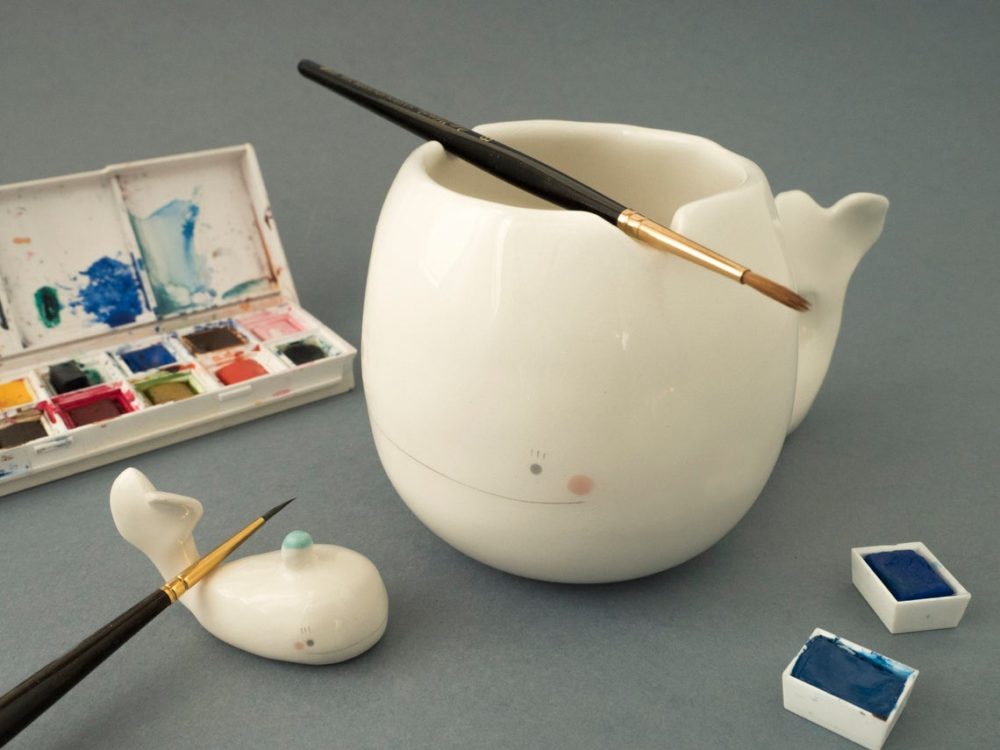
Keeping Busy
I hope you’re keeping your hands busy with art projects. I know creative time is much harder to get to these days. Especially if you have littles to home school, and everyone in your family under the same roof 24/7.
Try leaving sketchbooks, or notepads or even a few sheets of printer paper around. Pile them with a sharp pencil in strategic places around the house for a quick sketch or scribble or doodle.
I’m rooting for you from over here. Even if all you do is trace your hand! Then you can give each fingertip a hat and glasses and neckties. That counts as something fun and artsy, don’t you think?
Thanks for stopping by, and I’ll see you in the next post!
Belinda
P.S Legion Paper is hosting a free online workshop with painter Sandy Sandy to talk about her work on yupo paper, with alcohol inks, watercolor and the like. It’s coming up this Friday, September 24th. Check out the details here.
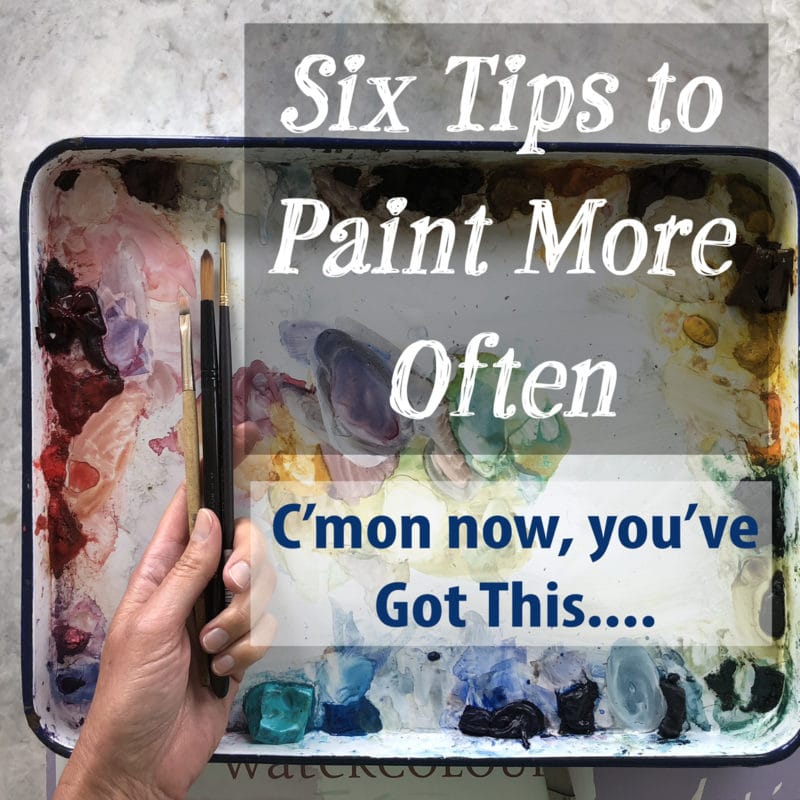

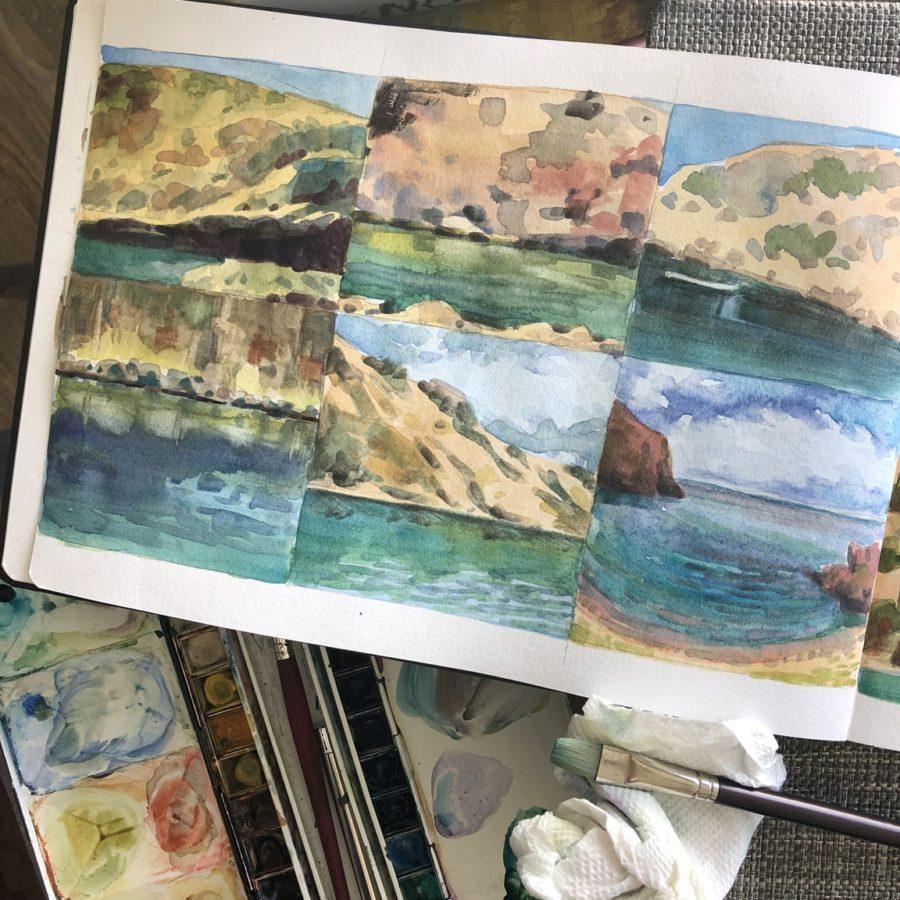
The minis look fabulous. Enjoyed the post, your experience and tips. Thank you 🙂
Hello Ujwala! Thanks for your visit, and your encouragement! I’m glad the tips were helpful. I’ve enjoyed your sktchy portraits with pencil/pen too! Paint soon, my friend! B.
Thank you, Belinda! There is a lot of good information here. Have a wonderful day! You always inspire me to get going. I plan on using my watercolor sketchbook as soon as we get back from walking the dog:)
Hi Candy! I’m so glad you feel inspired! I hope the rest of the day is spent wisely playing with pigments in your sketchbook, and discovering mew things about your art supplies. Thanks so much for your feedback!
The sunflowers are glorious this year screaming out to be painted alongside the brilliant orange hues of my nasturtiums.
Hi Allie, Aren’t they just amazing!? A friend sent me a photo of his wife standing next to, and looking up at a giant sunflower in the sun. He gave me permission to make some art from the image. It’s printed, on my desk, and yelling to be sketched or painted right this minute! I hope you make something with yours soon!